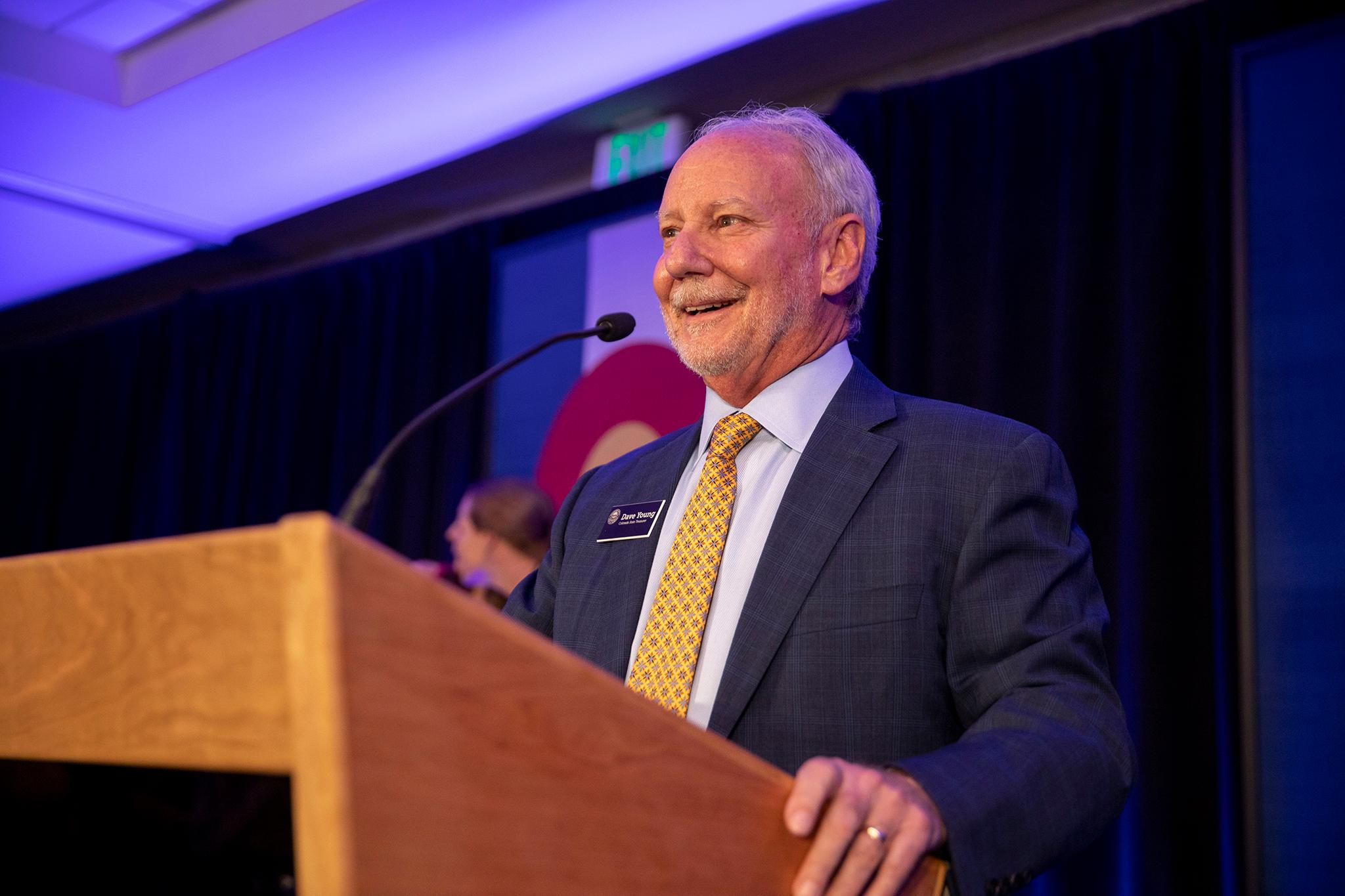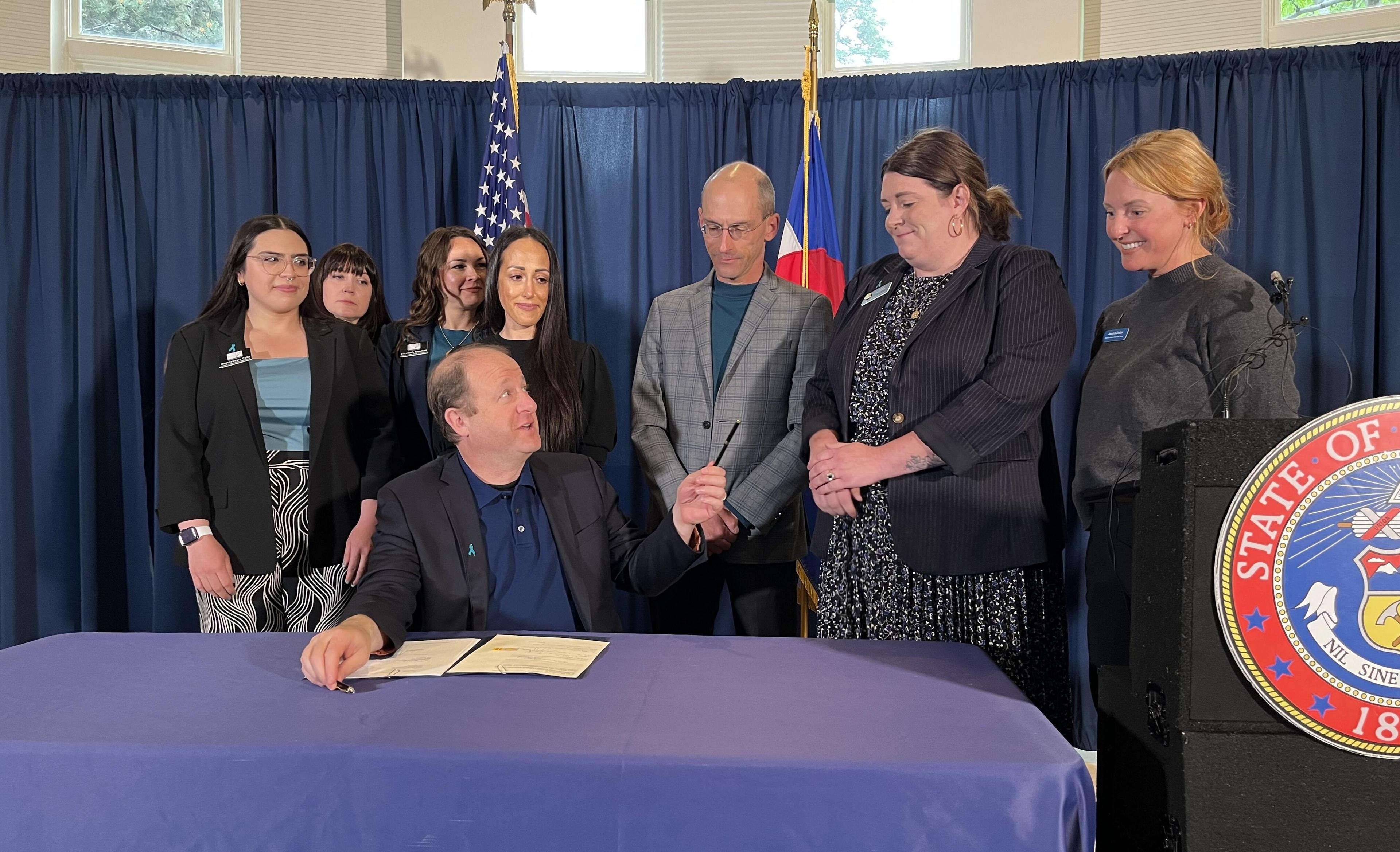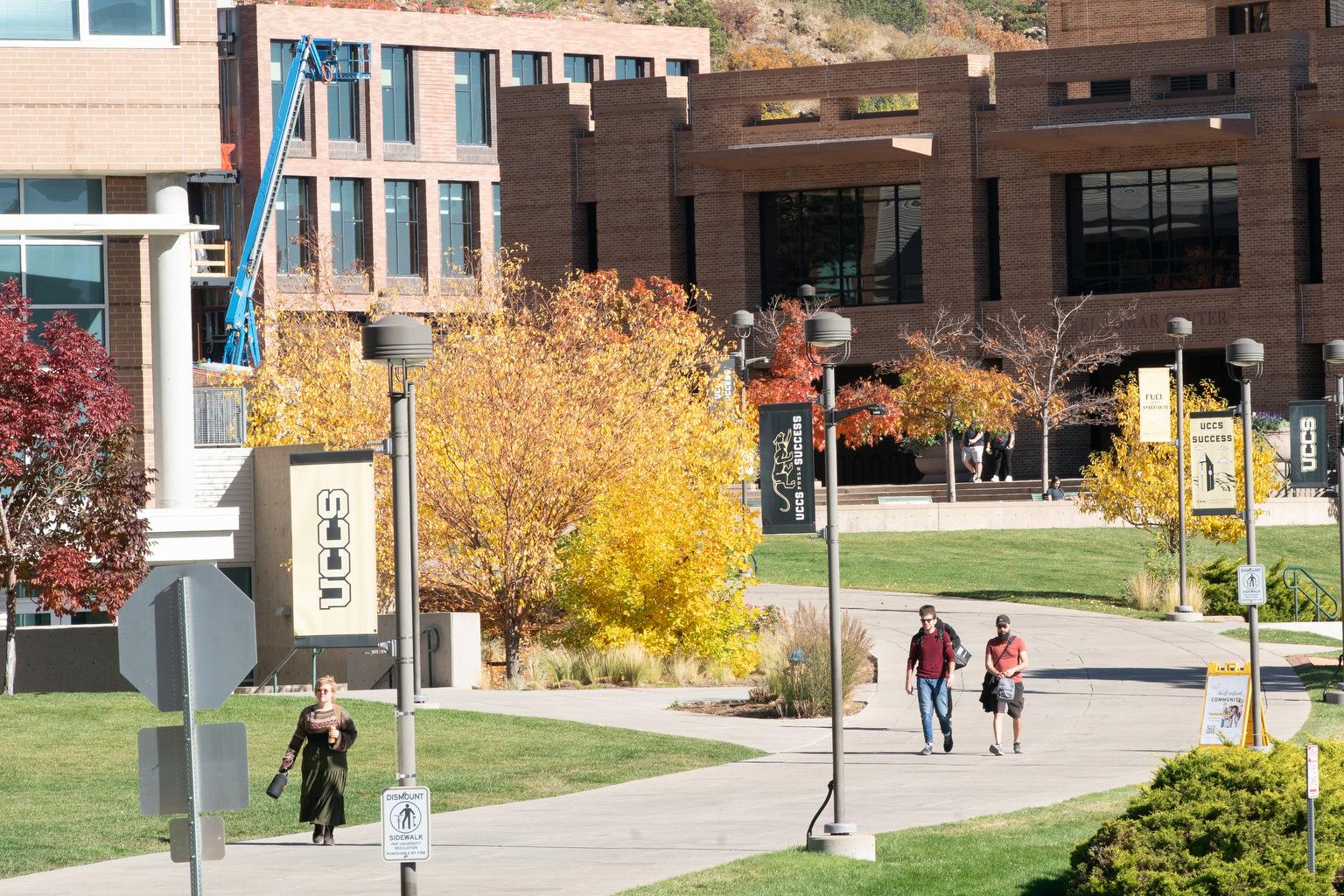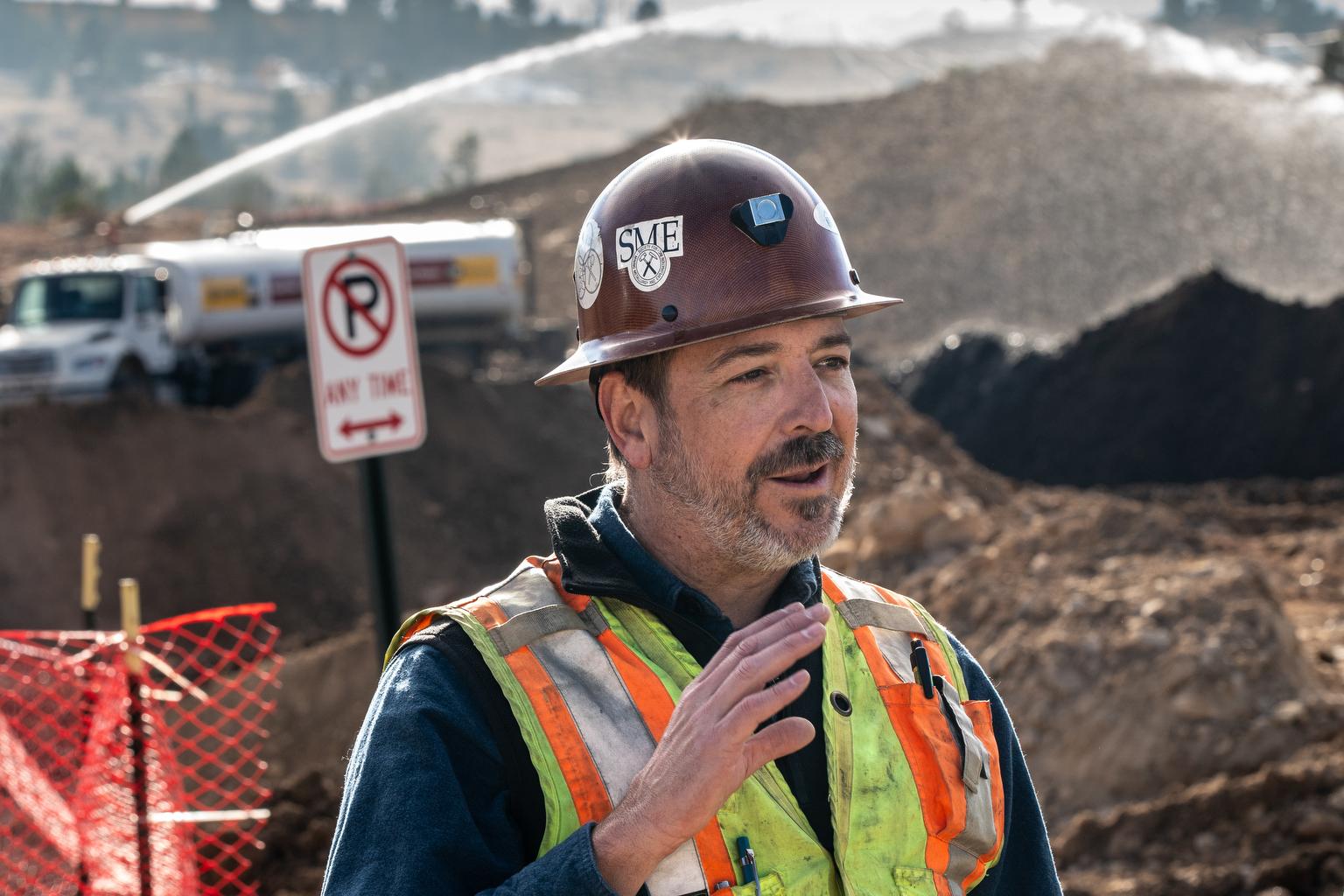
For years, hikers and mountain bikers in South Boulder have enjoyed sweeping vistas of the Flatiron mountains from the grassy expanse of the Marshall Mesa trailhead.
It turns out they’ve also been stomping on a smoldering, 100-year-old coal fire, three stories underground — and a source of sparks that have ignited wildfires above ground.
This month, contractors and staff with the Colorado Division of Reclamation Mining and Safety began excavating the 12-acre site to extinguish the smoldering coal and prevent the site from sparking wildfires.
“The goal is that now you don't have lots of coal that could potentially combust and create problems at the surface,” said Jeff Graves, program director for Colorado’s Inactive Mine Reclamation Program.
After the smoldering is extinguished during the excavation, Boulder’s Open Space and Mountain Parks will regrade the site, replant it with native grass and reopen it to the public by Fall 2025. The remodeled site will feature a new plaza, restrooms and a staging area for mountain bikers, according to Ilene Flax, a senior landscape architect with the city of Boulder.
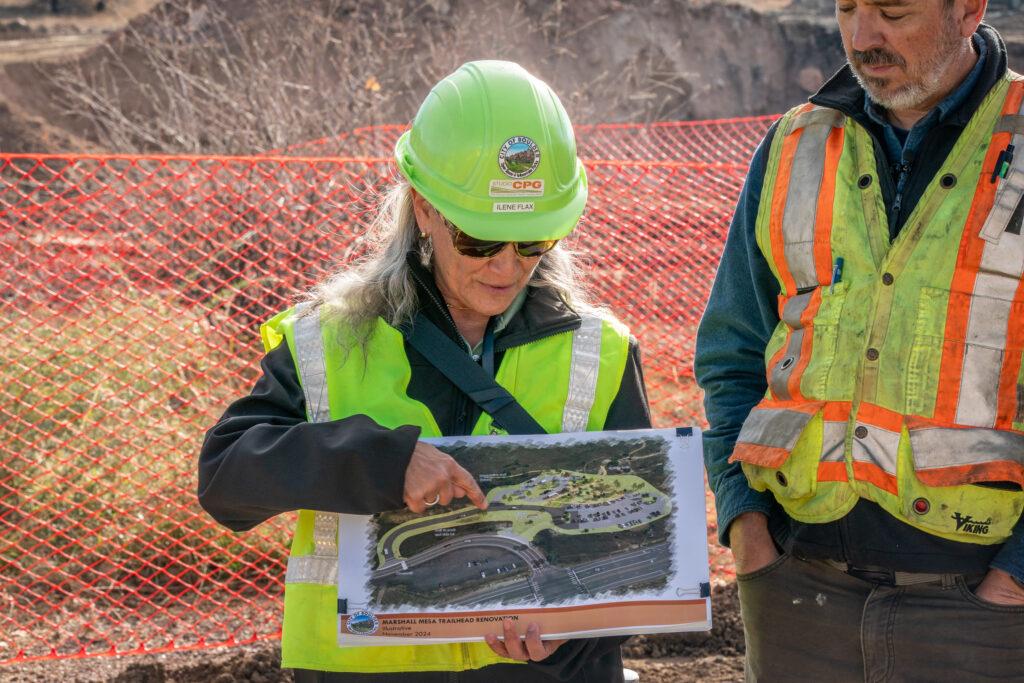
A defunct mine tapped into a coal seam, or underground strip of coal, that snakes through that stretch of Boulder. Active mining hasn’t occurred in the area for decades, according to Graves, but plenty of coal remains.
Coal, once the go-to fuel for American homes and businesses, is famously combustible. When it sits underground, oxygen from the air can seep in through the soil and vents formed by collapsed mining shafts.
That oxygen can cause a chemical reaction, heating up and eventually igniting pockets of coal in a process called “thermal runaway” — the same process that can cause electric vehicle batteries to explode. Hot coal embers can escape to the surface through those same vents and spread into wildfires, especially during windy days.
The deadly 2021 Marshall fire — the state’s costliest — ignited in the same area as the coal fire . In a report, county investigators wrote it was unlikely the coal seam was the fire’s cause, but sparks from the underground mine likely did start a wildfire in the early 2000s.
Since then, workers have done some limited excavation on the area and cleared dry brush. It wasn’t until federal funding became available from the 2021 Bipartisan Infrastructure Law that allowed this project, and others in the state, to move forward.
“With the additional funding, we've been able to do that full excavation process instead of band aid approaches,” Graves said.
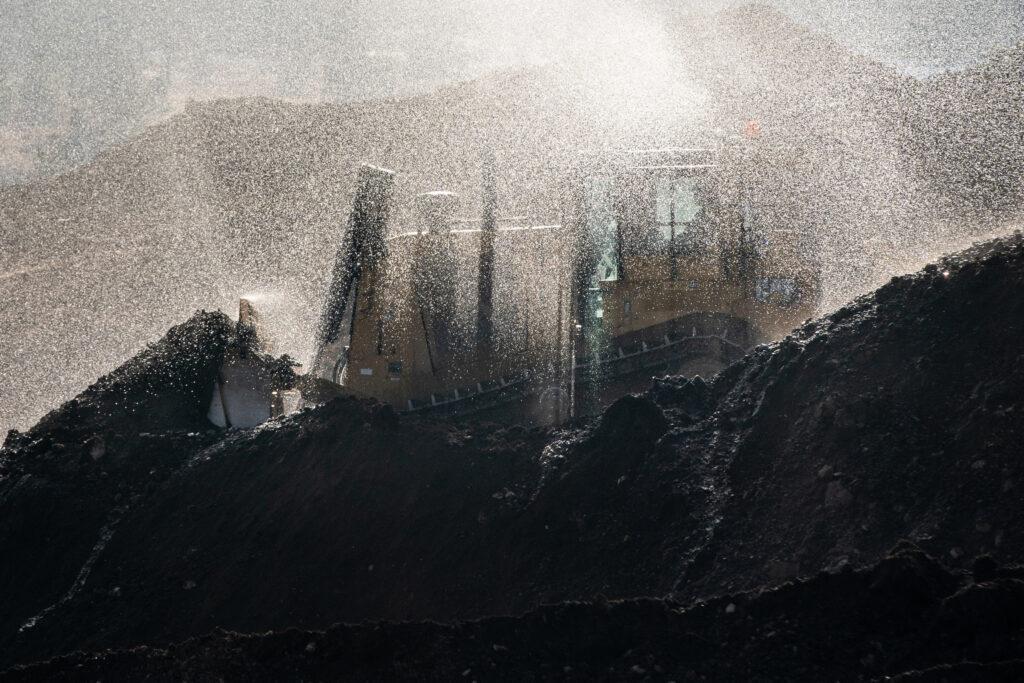
Putting out the Flames
Sealing off air seeping into the ground to deprive the coal seam of oxygen is a nearly impossible task. Instead, the state opted for another method, which is more special operations than surgical intervention.
Contractors used drones, in-ground temperature sensors, infrared cameras and temperature guns to identify hotspots. Workers then dig down to the coal seam, about 30 feet underground using an excavator the size of a small building. While excavating, a water truck sprays the site and its surroundings to keep down fine particles of coal dust and prevent fire risk, said project manager Jeremy Reineke.
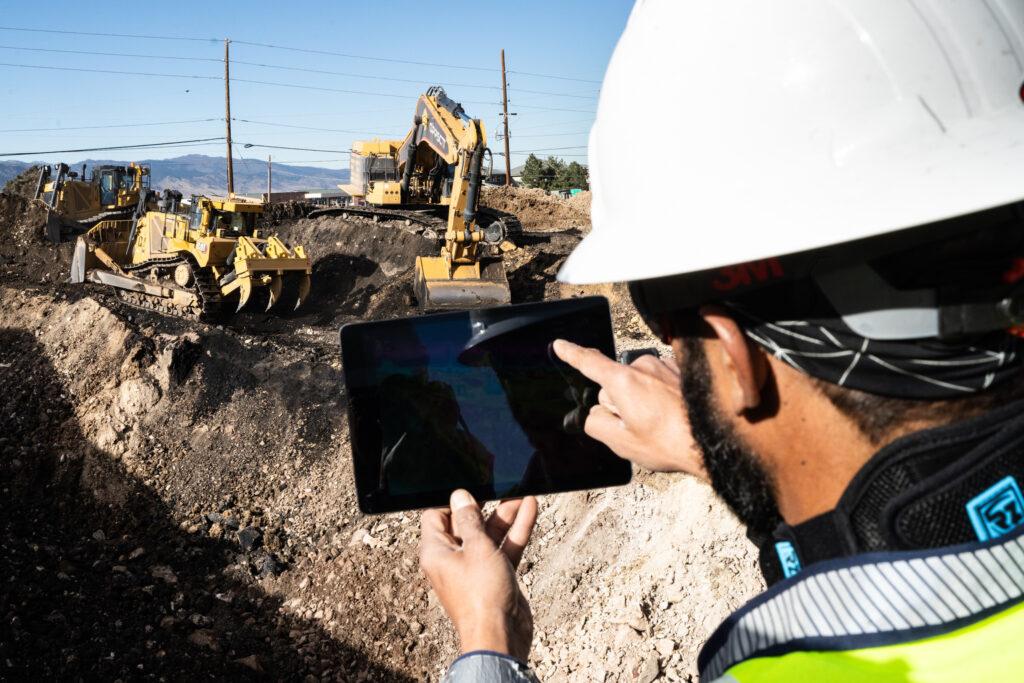
The coal is then mixed with the excavated ground and cooled to at least 80 degrees. It’s then placed back into the pit. Work on the site stops during windy days, to prevent wildfire risks.
“Full excavation, cooling, mixing, compacting, and putting it back in the ground is really the best and surefire way of extinguishing it,” Graves said.
There are around 40 similar coal fires burning underground across the state. In some ways, the Marshall Mesa fire is among the easiest ones to fix. It’s relatively shallow, there are no active flames and the hot coal is concentrated in a few places. Fires in other underground seams have smoldering coal at different elevations, which in some places requires excavation to over 100 feet, according to Graves.
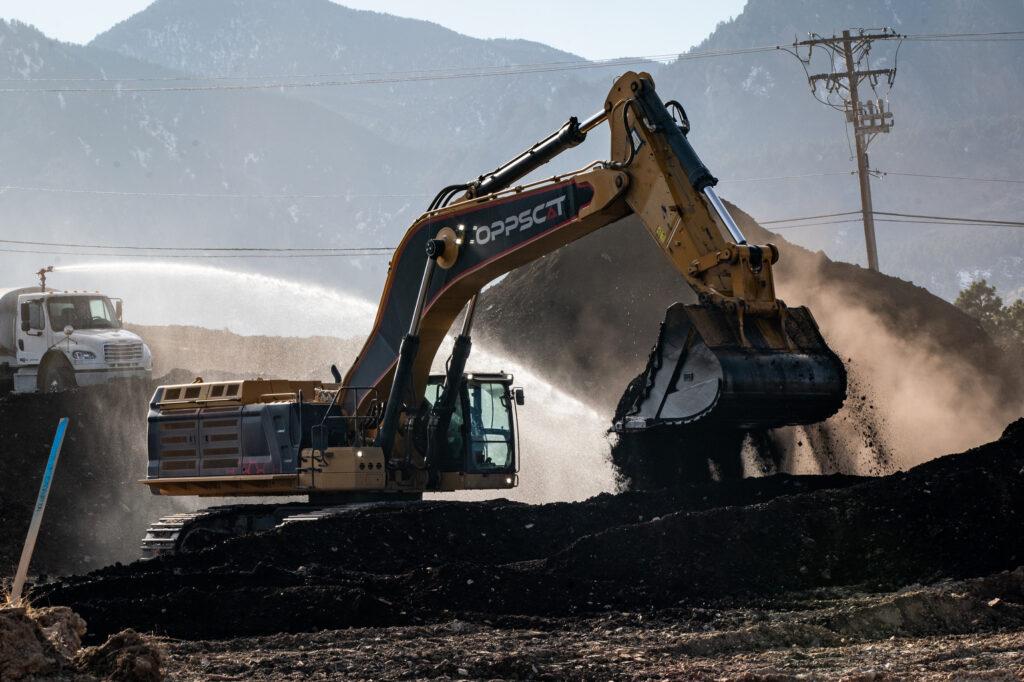
“It’s going to be a challenge to develop an approach that’s successful in mitigation on some of these sites,” Graves said, which might require technology like injecting nitrogen.
Justin Powell, a contractor with the engineering firm Tetra Tech, knelt over the excavated pit with an Ipad attached to a small infrared camera, trying to help the team leave no stone, or coal, unturned.
“So I’ll go over and make sure with the [temperature] gun that it’s actually just a piece of sandstone, and not some big chunks of coal that need to be worked some more,” he said.



